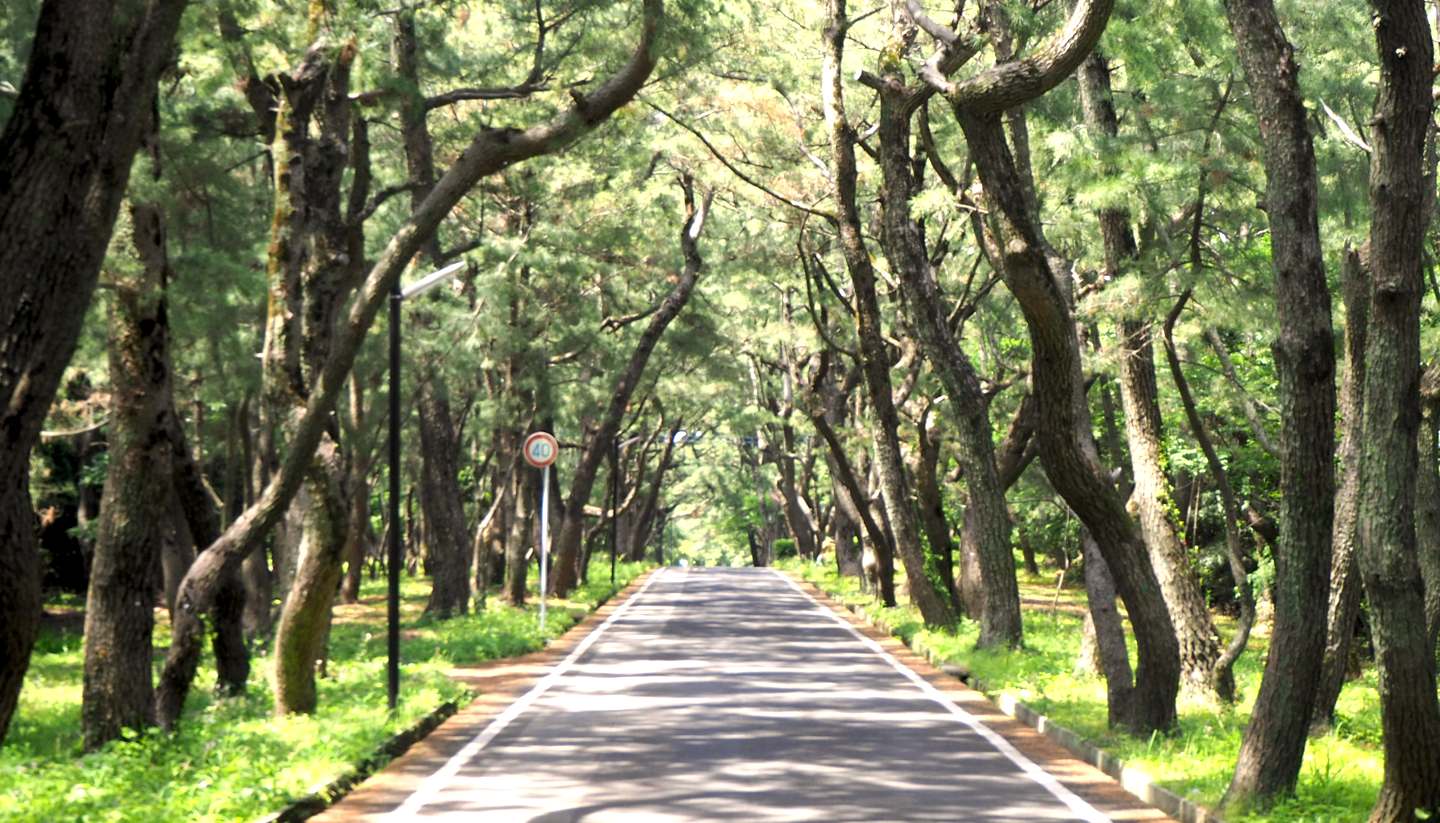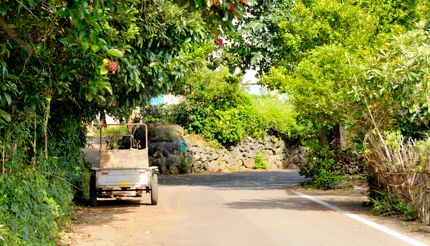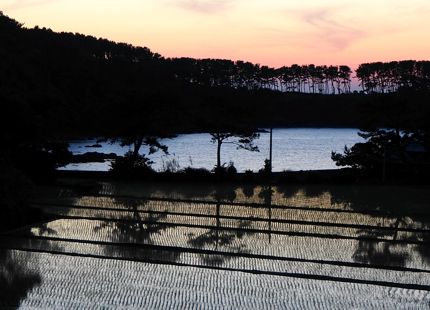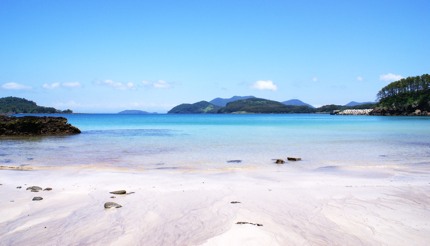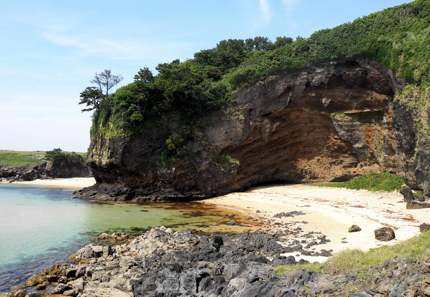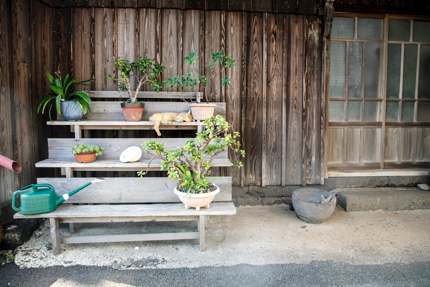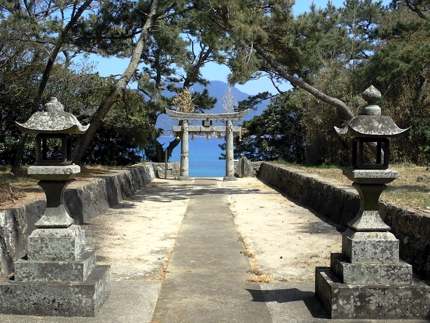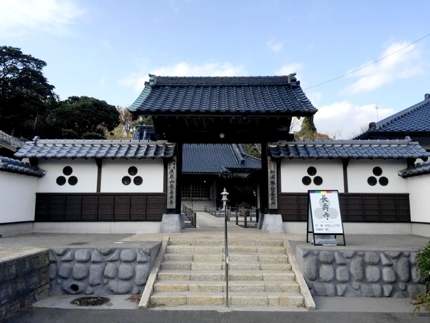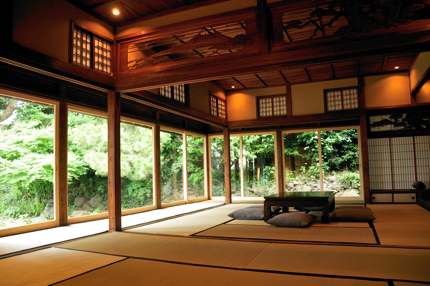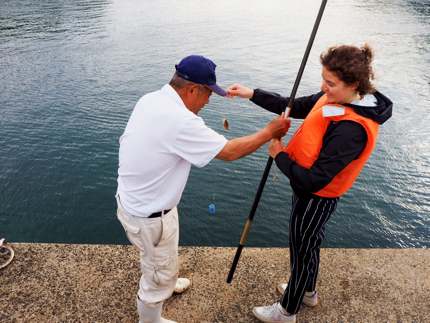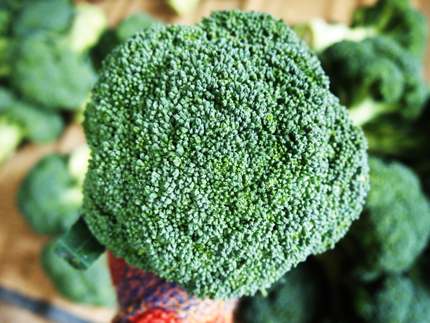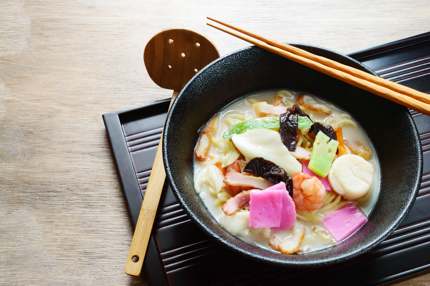You might not have heard of Ojika, but that doesn’t mean it shouldn’t be on your travel radar
Life moves at an altogether slower pace on Ojika, part of a chain of 17 unspoilt islands floating off the coasts of Nagasaki. With an area of 25km2 (16 mile2), Ojika has a population of around 2,400 and two traffic lights giving directions to a few cars and bicycles. There are no supermarket chains or fast-food joints on the island. Life is simple and authentic here, so come for long days of peace and relaxation and a true taste of island life.
Although you need to zoom in a few times to locate Ojika on Google maps, getting to Ojika is actually pretty easy thanks to the efficiency of Japanese transport. A speed boat journey takes only 1.5 hours (or 3 hours by ferry) from Sasebo, or 5 hours by ferry from Fukuoka.
If your idea of a great time is an island escape in a friendly local environment with awe-inspiring nature, then the tranquil Ojika is the place for you.
“Konnichiwa”
The first thing that strikes a new visitor to Ojika is how friendly, helpful, generous and welcoming the locals are – there is always a cheery “Konnichiwa” wherever you go.
If you are scratching your head looking for the source of contentment and happiness among the locals, then you must first understand that its culture stems from an abundance of local produce which allows the islanders to selflessly share among themselves and also with visitors. It is here you will see hardworking families cultivate the fertile volcanic soils for seasonal produce and fishermen take to the sea at night and bring back daily catch at dawn. The beautiful part is everyone trades, barters and shares their produce and catch directly with one another – no middleman, no monotonous supermarket chains, just individual to individual doing honest exchanges, enforcing a strong sense of community that is often lost in this day and age.
Beaches and scenic spots
The turquoise waters at Kakinohama beach are alluring, ideal for taking a dip, snorkelling, paddle boarding, jet skiing or even riding on a banana boat. Once your adrenaline rush has subsided, take a long stroll on the beach and listen to the hypnotic sounds of waves crashing on the beach.
Just a short five minutes’ walk away from Kakinohama beach is Goryo Cliff where two white sandy beaches are separated by an outcrop moulded by winds and waves over the millennia. The main beach is small but pristine and uncrowded; it definitely appeals to laid-back holidaymakers.
For a gorgeous sunset, rent a bicycle and pedal to the neighbouring Madara island (Madara-jima) which is linked to Ojika by a bridge. Ride around Madara to check out secluded bays before stopping at Madara Lighthouse (a whitewashed lighthouse on windswept headland) in time to see the sun dip into the horizon.
Fuefuki, the Old Town of Ojika, deserves special mention. Neat rows of century-old houses evoke a sense of romantic nostalgia as you wander along its tiny lanes. Behind low stone walls, shoji paper blinds still grace many of the wooden window frames, and occasionally a wandering cat or a passer-by casts a quick shadow onto them. It really is a pleasing sight.
If you’re looking for something quirky, then make a stop at the 100-year-old Ojikappan letterpress printing shop and meet Momoko Yokoyama, a 4th generation printer. Come to see the delicate work of letterpress and maybe try it out yourself – like us, you will probably admire the keen sense of craftsmanship and the spirit that keeps the tradition alive.
Shrines and blessings
On the eastern shore of Ojika sits the Jinokojima Shrine which dates back to the Asuka Period in the year 704. There is a stone torri gate facing the bay, and across it, you will find Nozaki island and its Okinokojima Shrine. Both shrines face each other and guard this stretch of water – it is said that they were built to protect the Japanese fleet which was sailing to China.
The island of Nozaki charms visitors with its rolling hills and natural beauty. It is also home to the Former Nokubi Church. This church attracts quite a few culture buffs because it sits in a village that makes up the UNESCO-listed “Hidden Christian Sites in the Nagasaki Region“.
According to records, Japanese Christians first escaped to Nozaki in the 19th century when Christianity was banned. After the ban was lifted, these Christians decided to build a church where they could worship openly. With little cash readily available, they saved hard and gave everything they had to make the construction a reality. The act of self-sacrifice was truly admirable.
As we are on the subject on religions, for those looking to let go of their thoughts and tap into the natural rhythms of mind and body, drop by the 700-year-old Chojuji Temple and give zen meditation a try. Take a seat on the tatami mat, cross your legs and focus on your breathing – within a few minutes, you may feel thoroughly relaxed or even revitalised. For those who are interested in Japanese stone gardens, you can learn how to rake gravel and achieve ‘isyohaku-no-bi’, meaning the beauty of blank space, under the guidance of a monk. For more information, follow the link to the temple page.
Where to sleep
Kominka House Stay is a group of six beautiful Japanese-style houses available for rent. Balancing old-world charm with modern comforts, they emulate a home-away-from-home feeling and are our top choice.
“Minpaku” or home-stay is a wonderful way to experience this special island first-hand. Choose to stay with a farmer or a fisherman and be part of their family for a few days, savouring local hospitality and home-cooked meals. Check out this web page for rates.
Alternatively, there is a hostel in Ojika and you can follow this link to learn more.
Where to eat
Fujimatsu is a charming seafront folkhouse-turned-restaurant just north of Jinokojima Shrine. The food is exceptionally fresh – with fish delivered straight from sea to the kitchen and produce picked a couple of hours before by the local farmers.
You can also check out Otoya next to the agricultural co-op. This tiny restaurant is a popular spot for locals and visitors to chat and bond over a cup of coffee or a bowl of champon (noodle soup). The owner is actually a singer-songwriter specialising in Goto dialect and perhaps you will be lucky enough to hear some of his tunes.
You also can’t leave Ojika without trying smoked bonitos made by Jinpei Hashimoto. Contact the island’s tourism centre and they will show you how to track him and his delicious bonitos down.
Getting to Ojika
Ojika is serviced by speed boats or ferries from Hakata in Fukuoka and Sasebo in Nagasaki. The Sea Queen speed boat will take you from Sasebo to Ojija in just 1.5 hours (or 3 hours by ferry). You can also take the “Taiko” night ferry from Hakata to Ojika. Check out this page for more details.
Getting to Fukuoka or Sasebo is also easy from cities like Tokyo and Osaka. Shinkansen (bullet train) or Japanese rail can whisk you there in no time. Alternatively, domestic flights or regional buses are good options too.
If you found this interesting, you might also like:
- Murakami: Seaside town with a difference
- Nakatsugawa: the Nakasendo Trail and beyond
- The buzzing culture of Osaka and beyond
- What to see & do in Yokohama and Kanagawa Prefecture
- Toyama Prefecture: saddle up for one of the world’s most beautiful bays
- Japan’s best-kept secret: the gorgeous beaches of Takahama town
